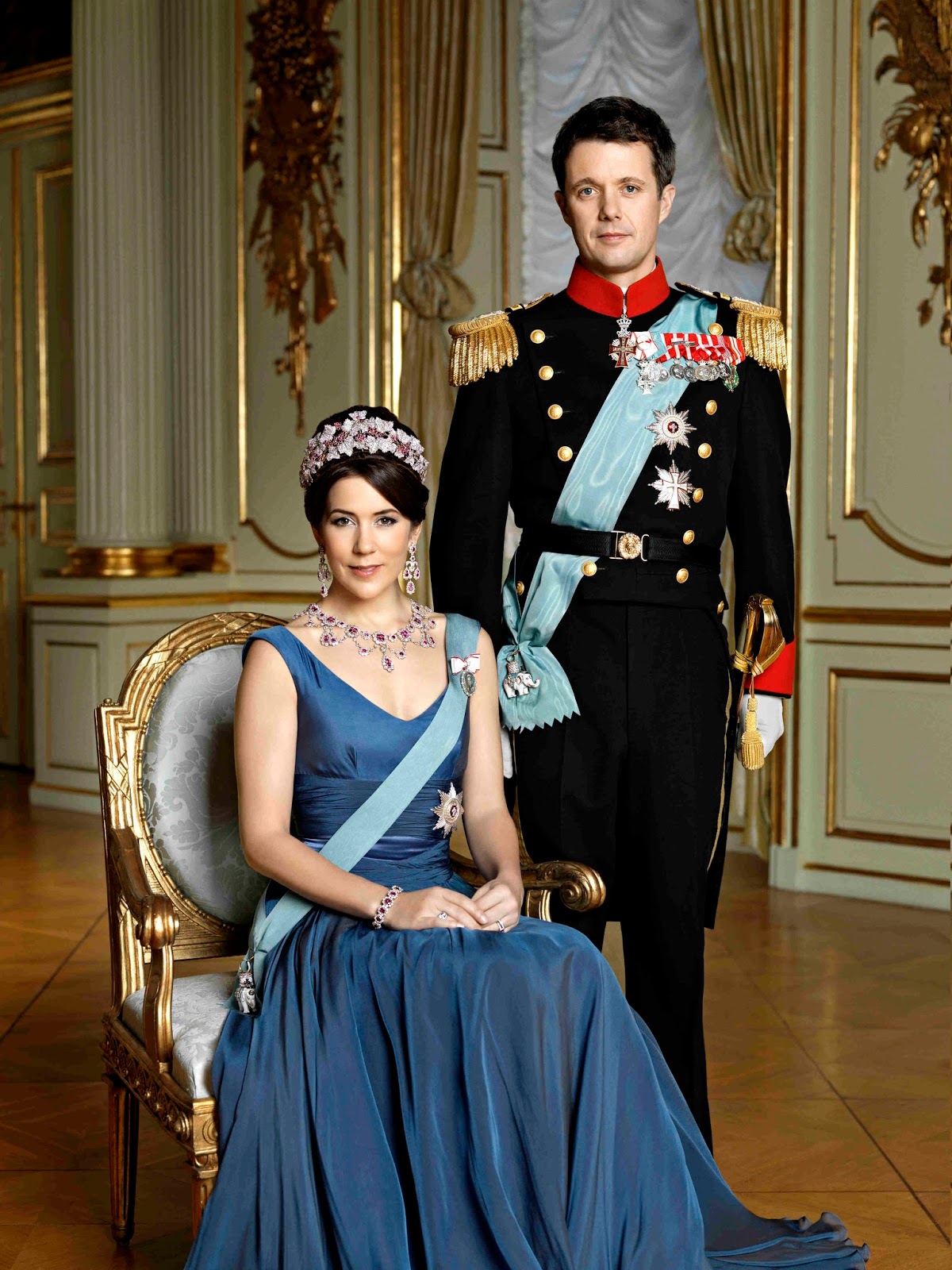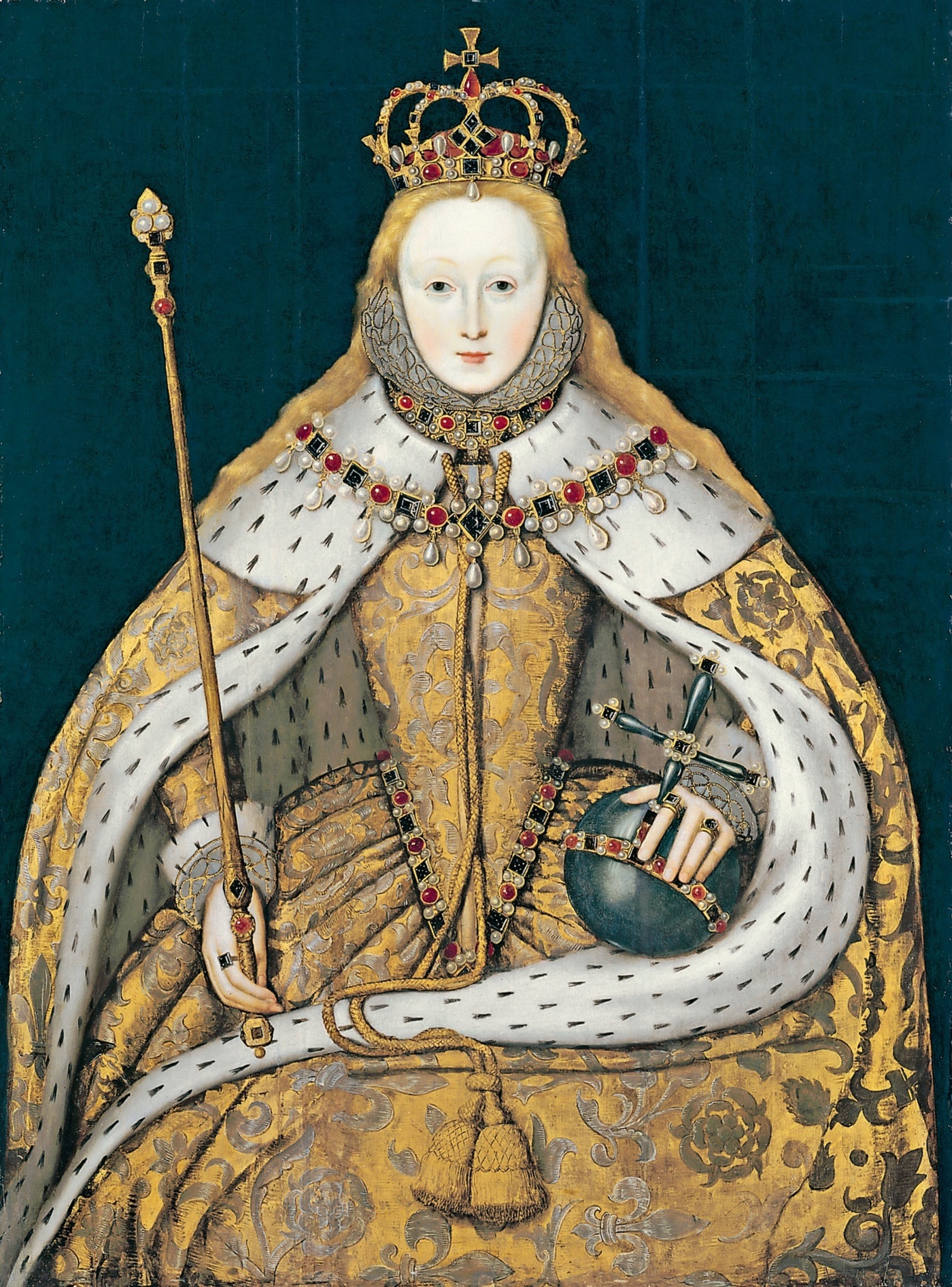

Portraiture in England started to flourish during the Tudor dynasty, in the mid-15th century. He died of plague in his forties, but his artistic influence was significant-English portraits were patterned on his style for almost a century after his death.A Brief History of Royal Portraiture in the United Kingdom Through his meticulous technique, Holbein achieved remarkable realism in details and, despite his emotional remove, some sense of individual character. In addition to painting royal portraits, he also traveled in Europe with a writer, assigned the unwelcome task of returning with portraits and written descriptions of potential brides for the king, to whom attractiveness was highly important. Holbein moved to England, where his reputation for highly skilled and dignified portraiture preceded him, and he became the official painter to King Henry VIII beginning in 1536. Holbein married and lived as an adult in Basel, Switzerland, but as the Protestant Reformation grew and religious images were being smashed and burned, it became increasingly difficult to succeed as an artist. His father, Hans Holbein the Elder, was also an artist and gave Holbein his first art lessons. Hans Holbein the Younger was born in Augsburg, Germany, and is considered the most important portrait painter in England during the Reformation, a time when Christian ideals changed greatly.

When the students have finished their royal self-portraits, invite another class to see their work and ask students to stand in a regal pose by their portraits. Guide their thinking with the following questions: What kinds of clothes would you wear? What kind of pose would make you look royal? Would you face forward or sit in profile? Would your hands have a certain gesture? What kind of expression would you have on your face? What would the background look like?Ħ. Using black-and-white photographs of their faces, guide students in drawing or adding cut-out images of clothing, accessories, hair, and backgrounds that will make them look regal. Invite the students to create collage self-portraits showing themselves in their most regal manner. How do toddlers who are 14 months old normally act? What kinds of clothes would they typically be wearing?ĥ. Discuss in detail with the class how this portrait of 14-month-old Prince Edward is idealized. Prince Edward is dressed is a very formal outfit and is wearing a red velvet tunic and a fancy hat tied under his chin, both of which have elaborate gold details.Ĥ. The young boy has a golden rattle in his left hand, like the scepter he’s expected to hold one day. Prince Edward sits up straight, looking down slightly at the viewer, and holds his hand up in an intelligent gesture of speaking, of benediction, or perhaps acknowledging the cheers of his adoring subjects. Ask students: Are these two poses different? How? Why do you think the artist chose to pose this toddler as he did? What does this tell you about the expectations that the community had for this toddler? (The following information is from the “Details” section of About the Art): Ask students to look at the painting again and try to pose like Prince Edward, and then ask them to pose like an elementary school student. Share with students that Edward, Prince of Wales was created by Hans Holbein the Younger and Studio in 1538.ģ.

What do they notice about the painting? How would they describe his clothing? What do the students think the boy’s clothing tells us about him? How would they describe his posture and expression? How old do they think the boy in this painting is? What other clues do they notice about the boy? Who might the young boy in this painting be?Ģ. Invite the students to look carefully and share what they observe. Warm-up: Display Edward, Prince of Wales to the class.


 0 kommentar(er)
0 kommentar(er)
